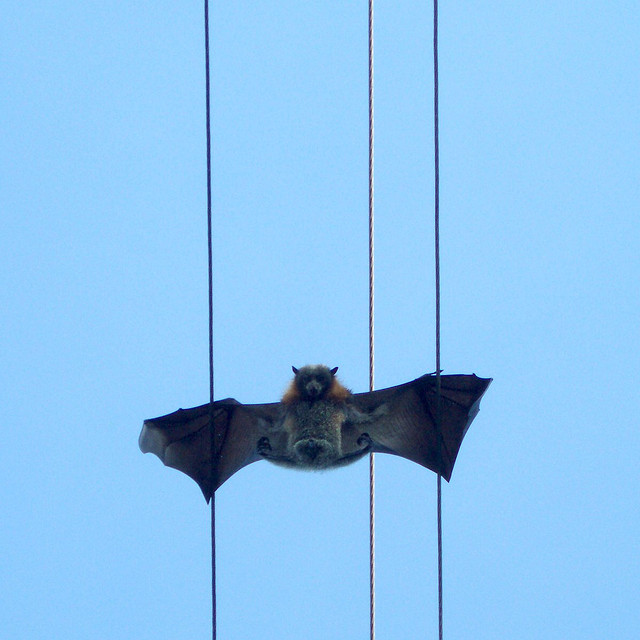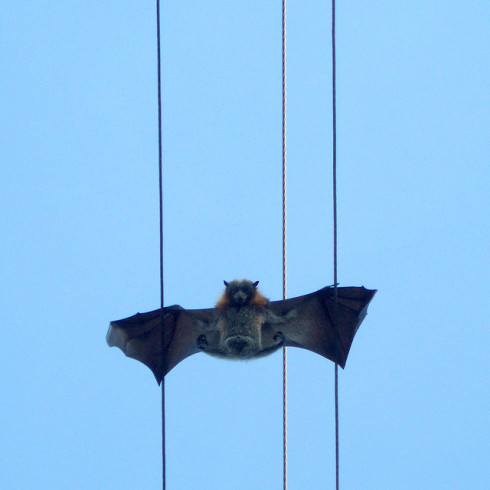Evolution of flying bat clue to cancer and viruses

 The genes of long-living and virus resistant bats may provide clues to the future treatment and prevention of infectious diseases and cancer in people, the Commonwealth Scientific and Industrial Research Organization ( CSIRO), Australia’s national science agency, said in a report on Friday.
The genes of long-living and virus resistant bats may provide clues to the future treatment and prevention of infectious diseases and cancer in people, the Commonwealth Scientific and Industrial Research Organization ( CSIRO), Australia’s national science agency, said in a report on Friday.
This research, published in the journal Science, was a global effort involving researchers from China, Australia, Denmark, the United States and Singapore. It provides an insight into the evolution of bat’s flight, resistance to viruses and relatively long life.
Researchers at CSIRO and the Beijing Genome Institute led a team sequencing the genomes of two bat species – an Australian mega bat, the black flying fox, and a Chinese micro bat, David’s Myotis. They then compared the bat genomes to those of eight other mammals, including humans, to find similarities and differences.
“A deeper understanding of these evolutionary adaptations in bats may lead to better treatments for human diseases, and may eventually enable us to predict or perhaps even prevent outbreaks of emerging bat viruses,” said Dr. Chris Cowled, post-doctoral fellow at CSIRO’s Australian Animal Health Laboratory.
“Bats are a natural reservoir for several lethal viruses, such as Hendra, Ebola and SARS, but they often don’t succumb to disease from these viruses. They’re also the only mammal that can fly, and they live a long time compared to animals similar in size,” he said.
The research also reaffirms bats’ ancient and important place in the eco-system, particularly as pollinators and controlling insect numbers.
 Follow
Follow